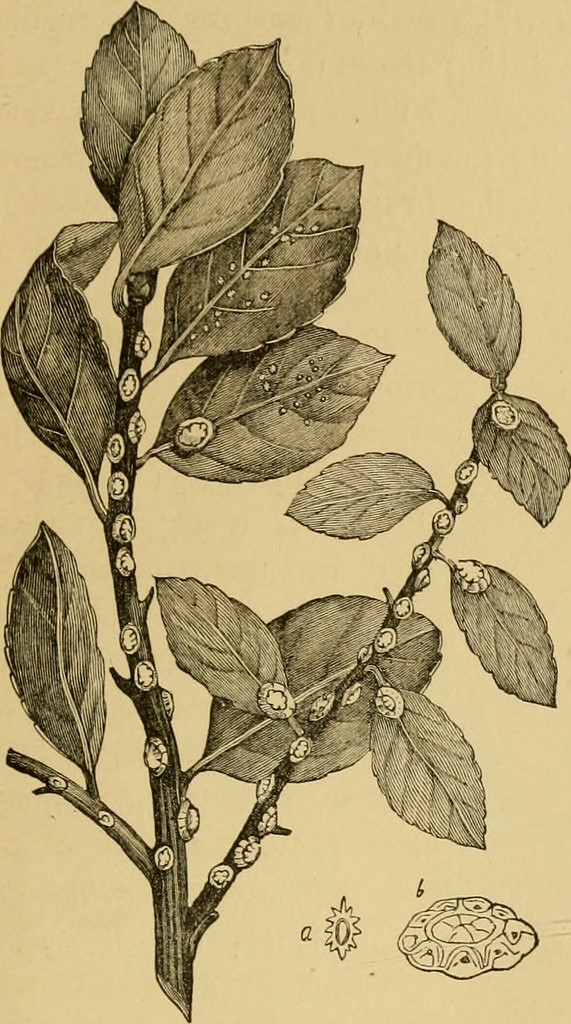Houseplant Pest Glossary
Chances are that if you have houseplants, you have encountered one or more of these pests. It’s a common thing to see people in the House Plant Hobbyist Facebook group and HPH on Mesh asking for help identifying which pest their plants have. We have compiled a list of the most common plant pests that you may see.

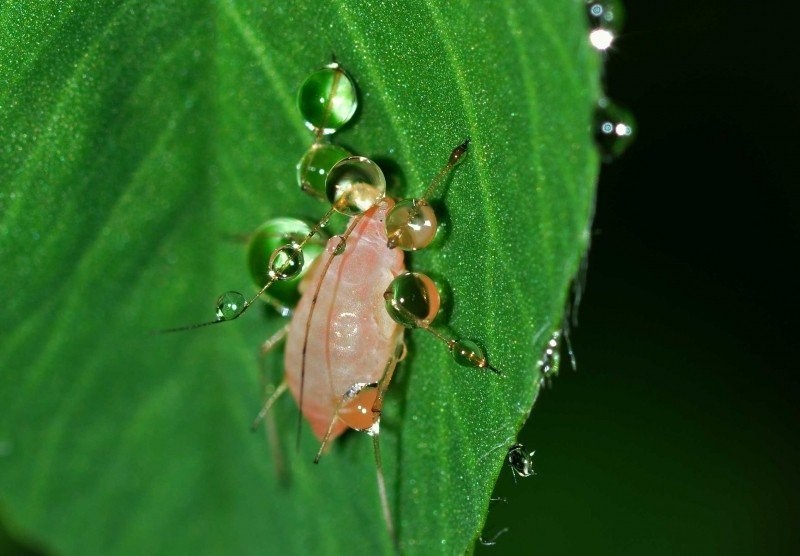
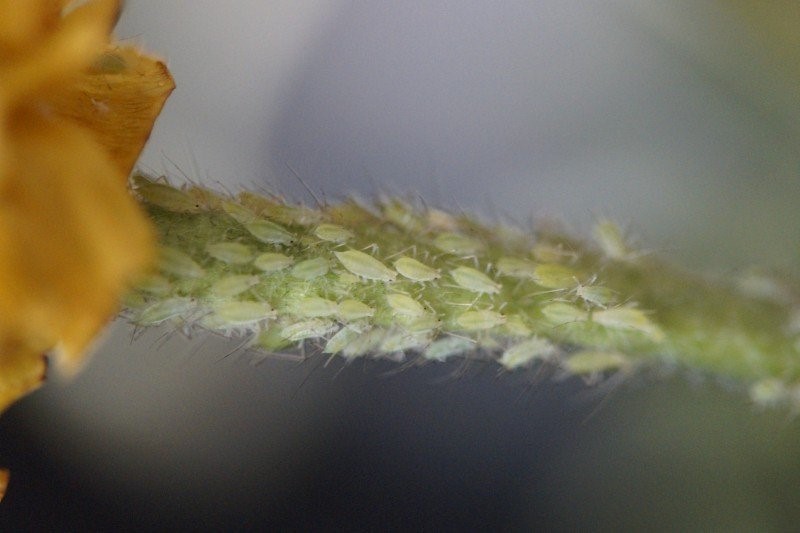
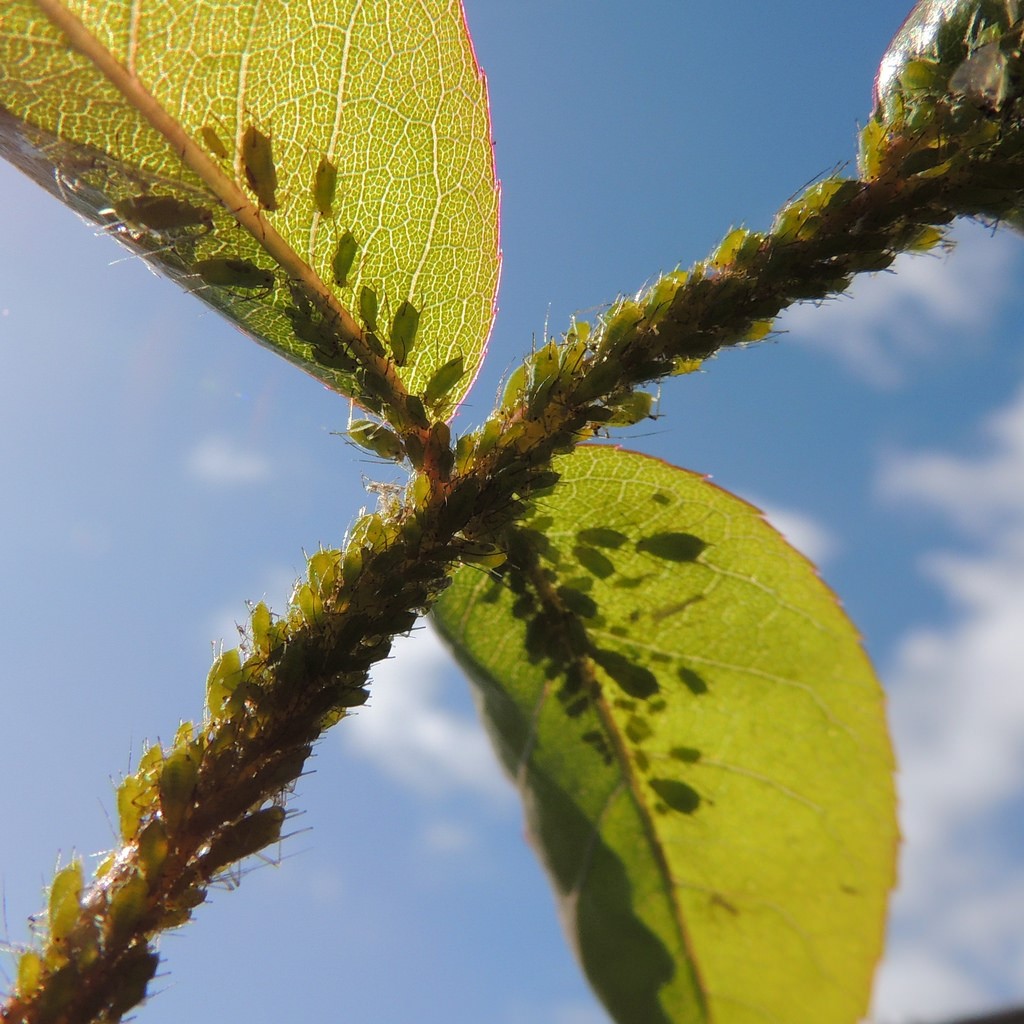
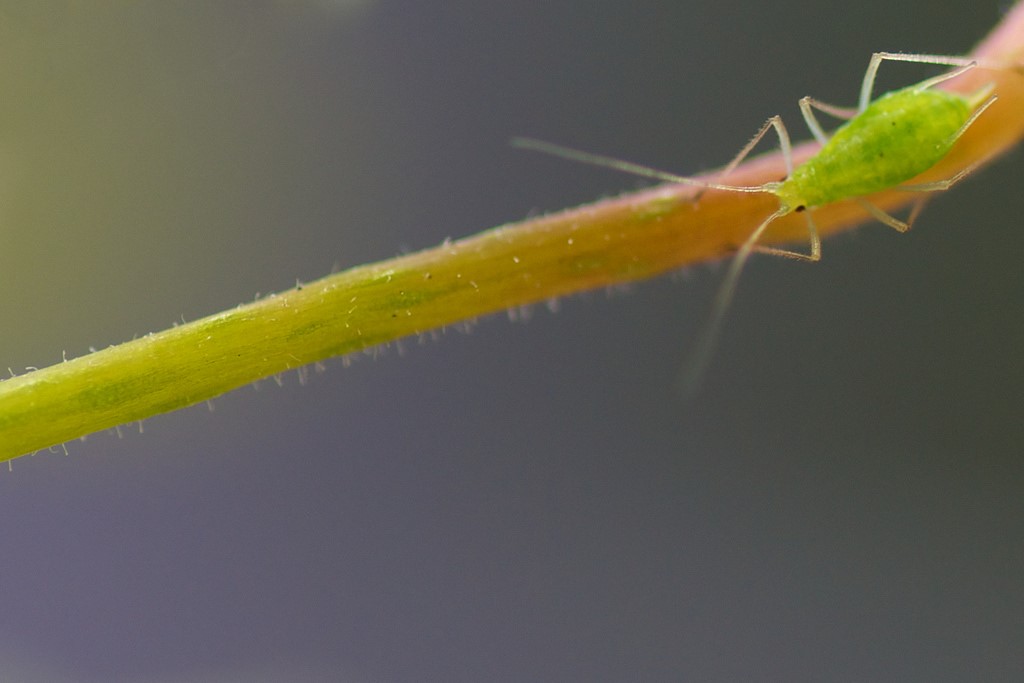
Aphids:
Also called plant lice, aphids are extremely common. These are very small insects that pierce plants and suck out the liquids, which can introduce diseases. You will more commonly see these on newer growth and under leaves. They leave behind a waste product called honeydew, which is a clear sticky substance that ants love, and is a good indicator that you have a pest living on your plant. This honeydew can be a perfect place for sooty mold to grow.
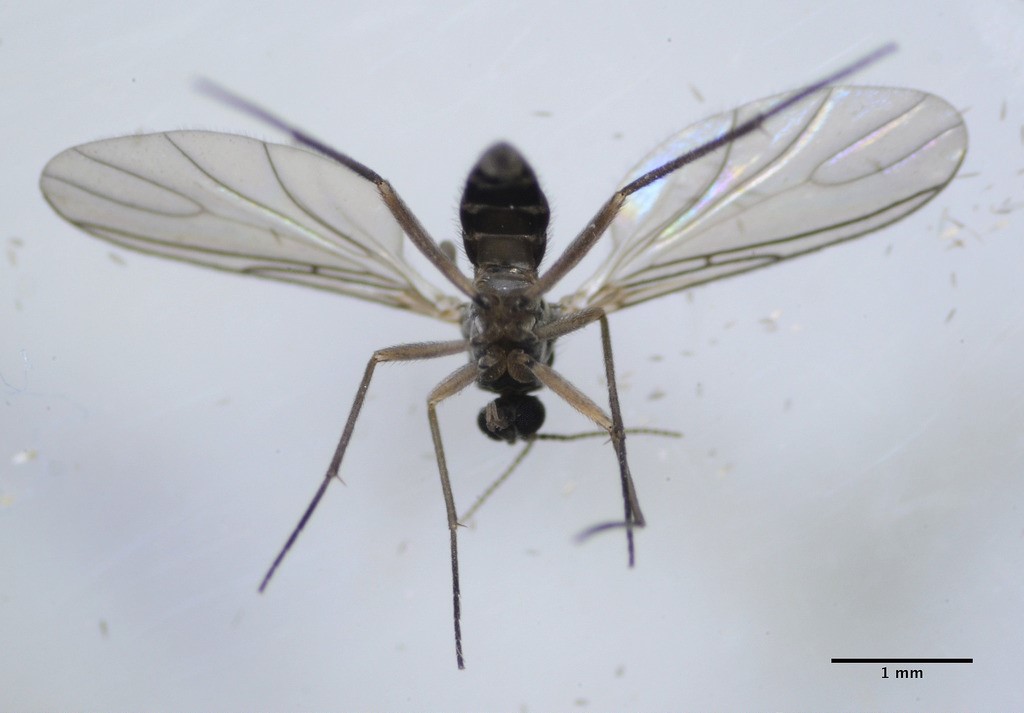

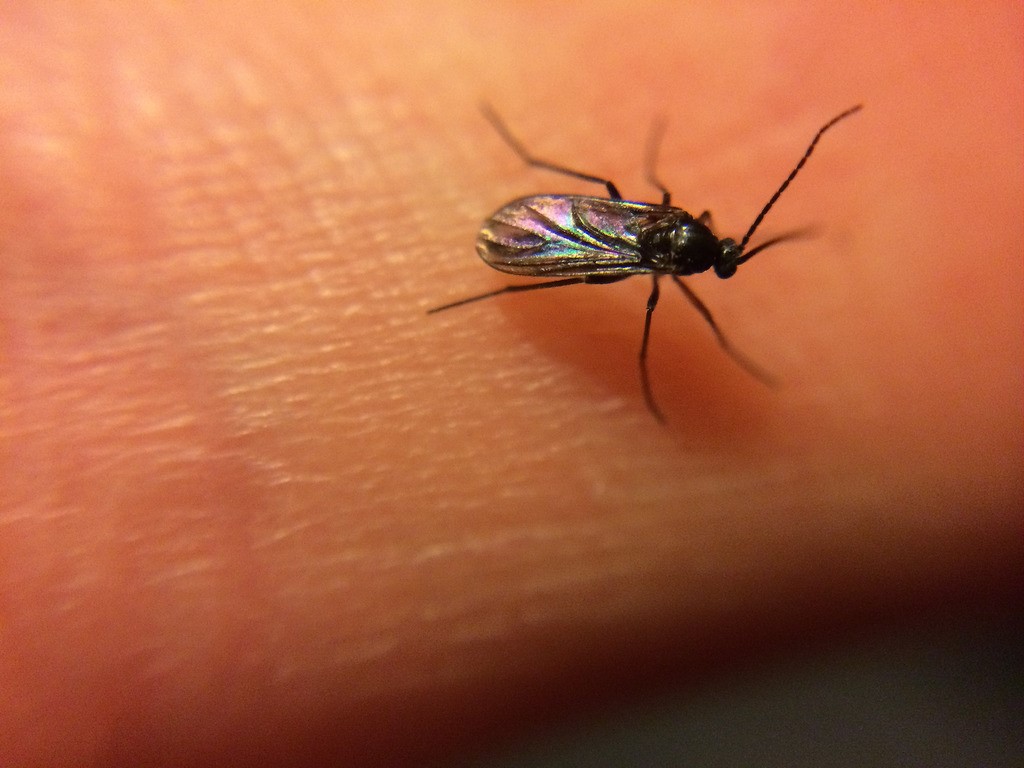


Fungus Gnats:
Small flies that are one of the most common and annoying pests. They are a small, dark fly with slim legs, and usually clear wings. A lot of people confuse these with fruit flies due to their size and the fact that they are seen indoors. The adults are more of a nuisance, but the larvae, will eat the roots on your plants.
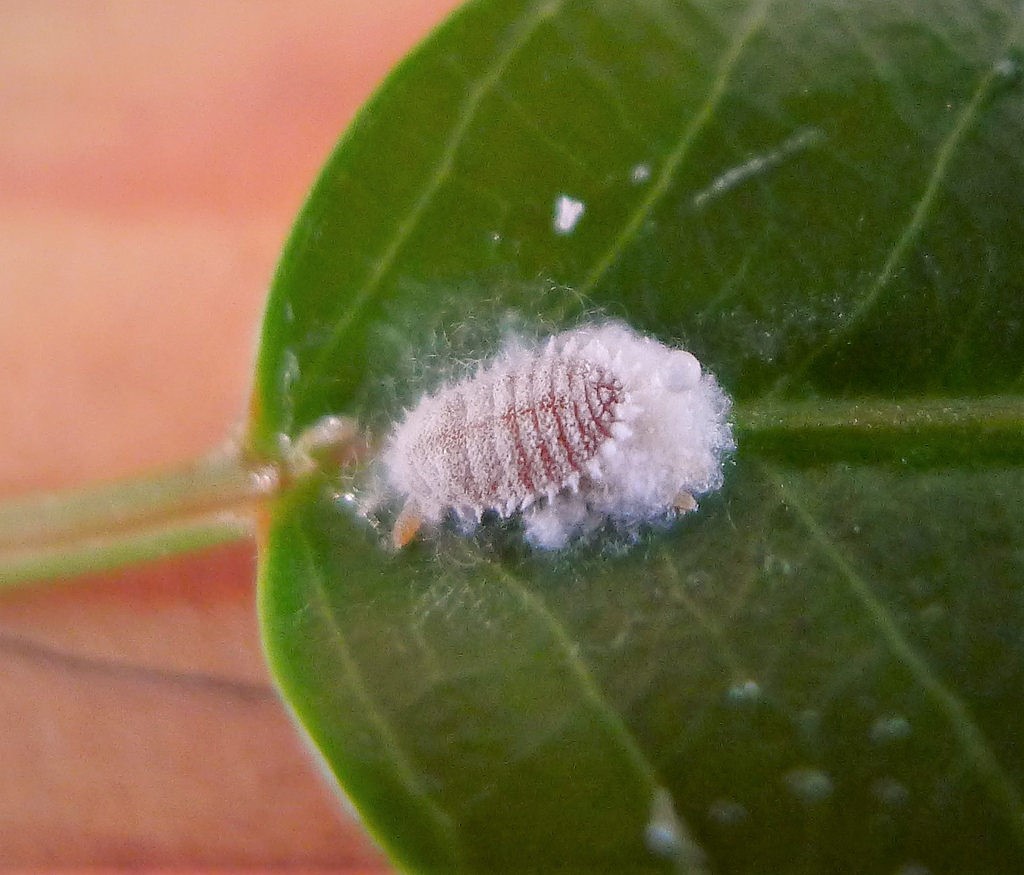
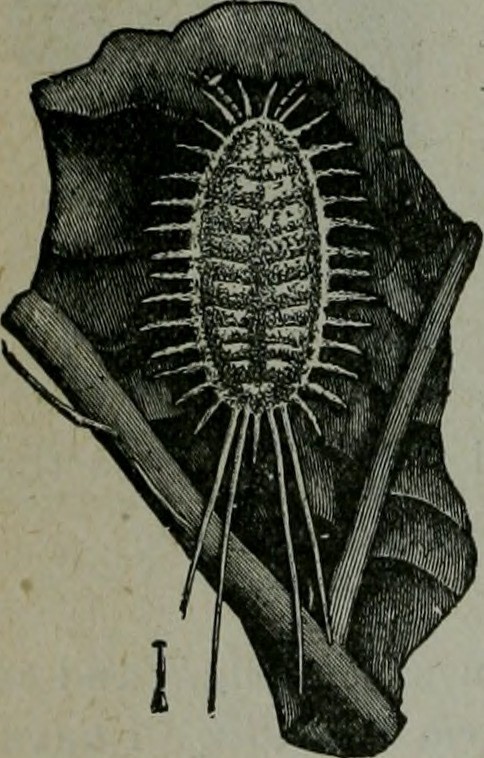
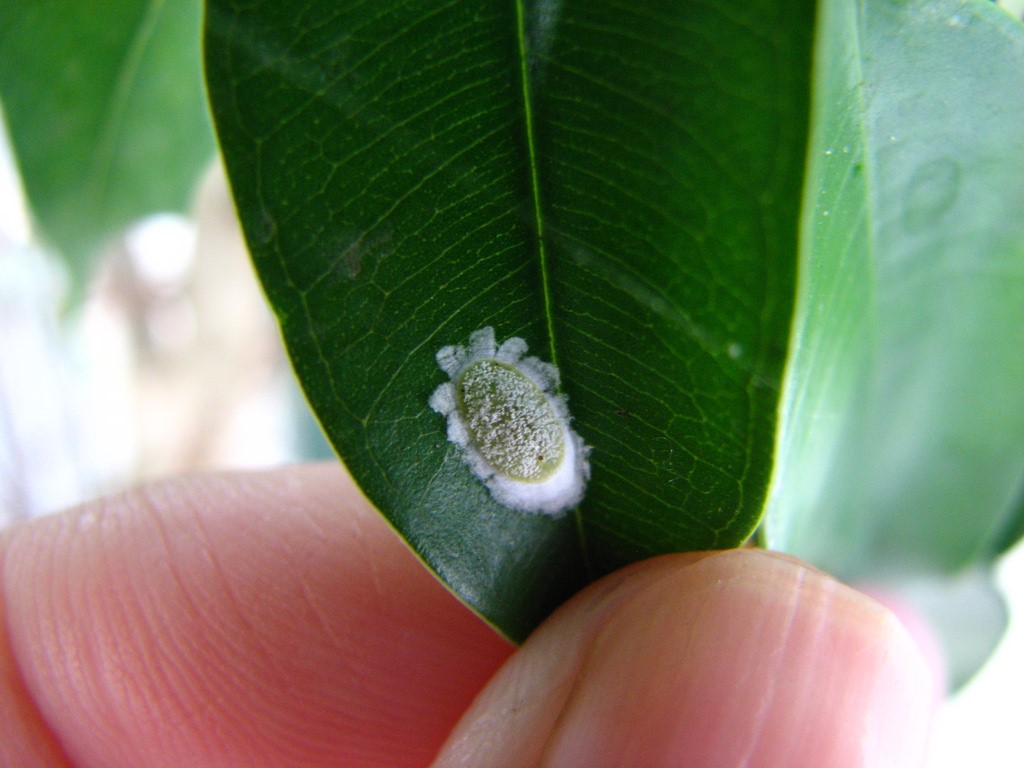
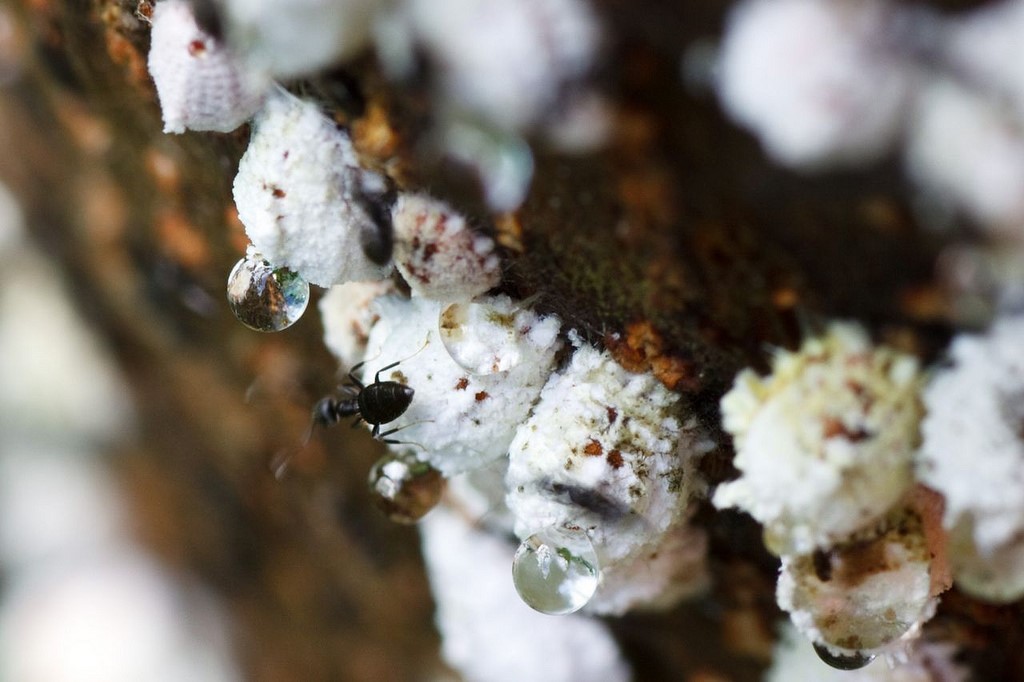
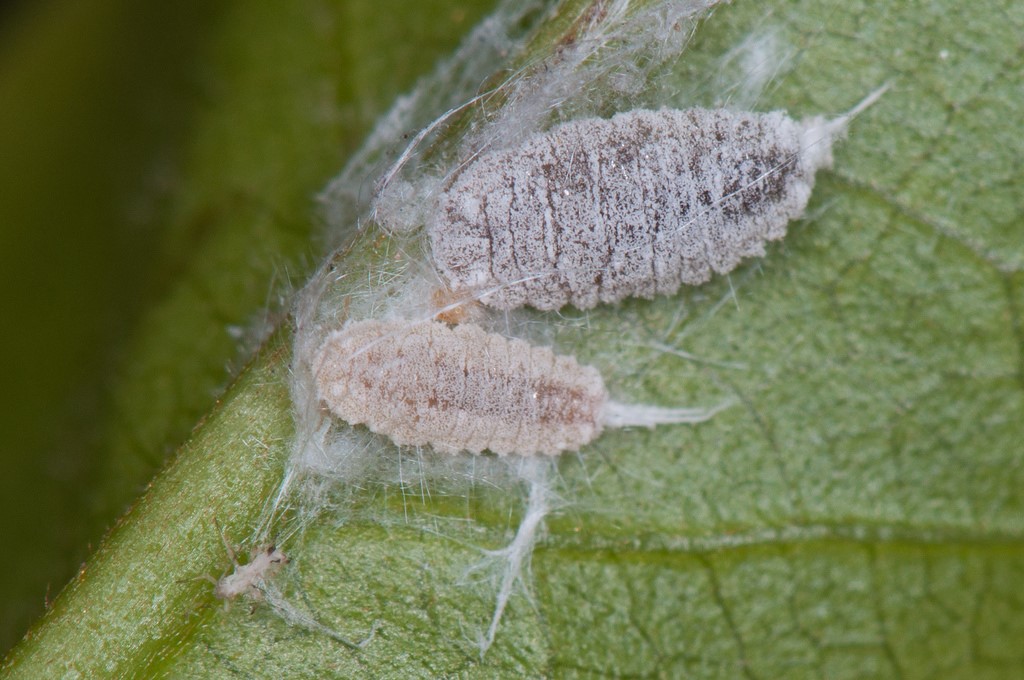
Mealy Bugs:
The females are the telltale small, white, powdery looking bug that you will see on plants, while the males look like small flies. Females kind of resemble small patches of cotton, and can be found anywhere on a plant, but prefer the nooks and undersides of leaves. These are another piercing and sucking pest that leaves behind a waste product called honeydew.



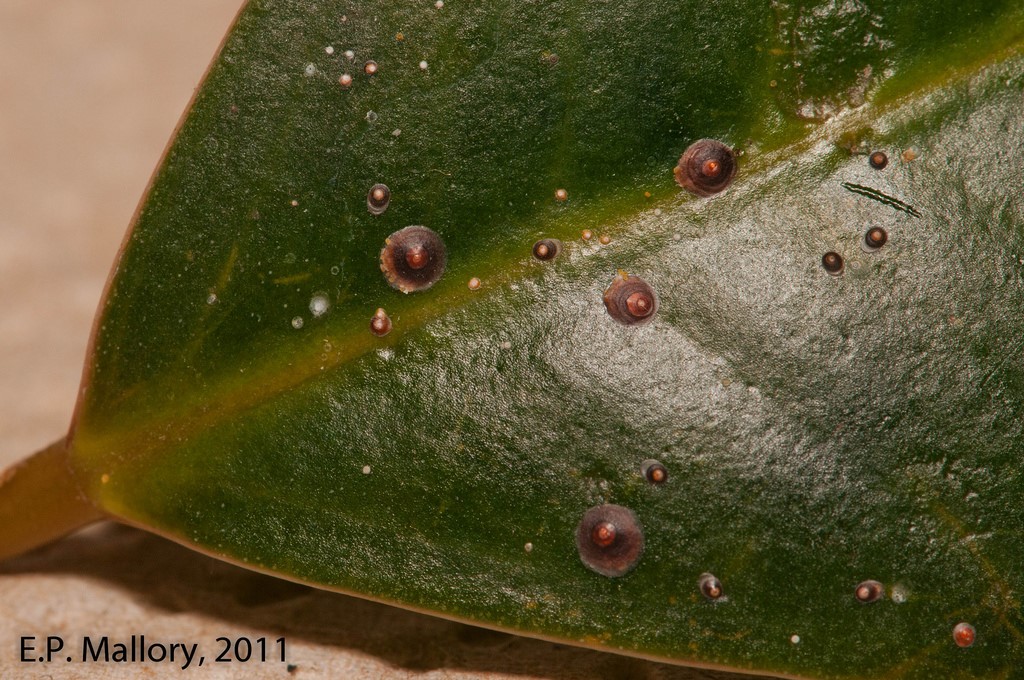
Scale:
These look like small, almost seamless, lumps that can be found anywhere on a plant. Scale will generally be found on the more tender parts of a plants, like newer growth and undersides of leaves. Just like the aphid and the mealy, they use their mouth to pierce plants, suck out the juice, and produce honeydew that invites ants and sooty mold.
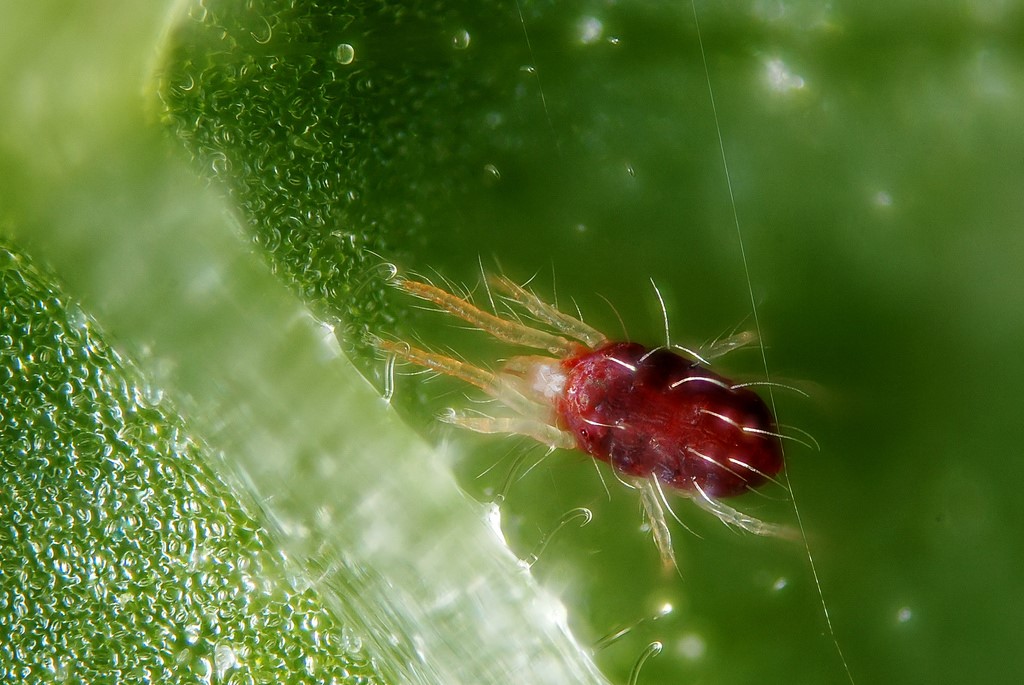



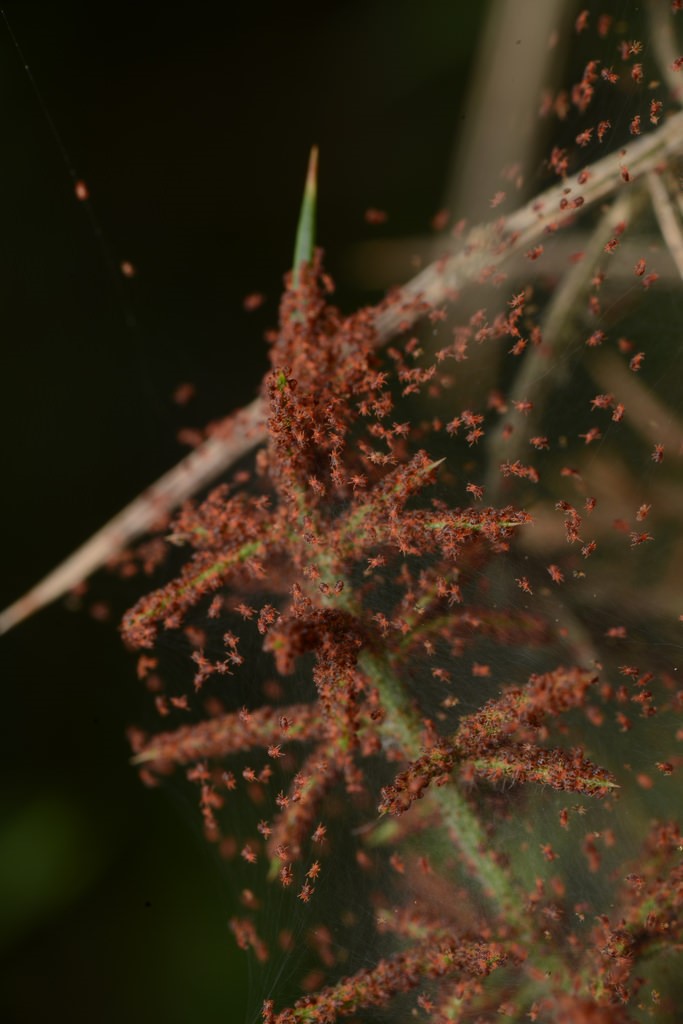
Spider Mites:
Tiny red, brown, or black pests that resemble tiny spiders, hence the name spider mite. These also pierce plants and suck out the juice, which causes leaves to drop, or to get yellow spots. Also, they will suck out the chlorophyll, causing small white spots to appear, and inject a toxin that will further cause the leaves to become distorted. Besides those signs, another common one that you will see is fine webbing covering any parts of the plant. Spider mites thrive in dry climates.
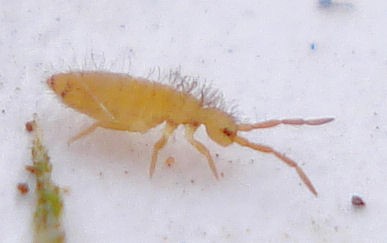
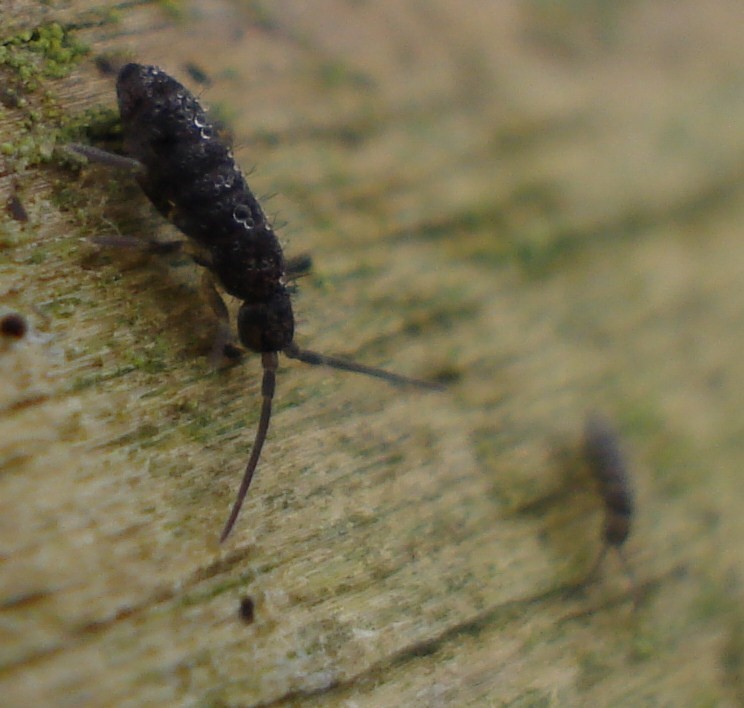



Springtail:
Tiny, wingless insects that you may see crawling or hopping on the potting medium. These are harmless and feed on decaying matter, algae, and fungi, and live in moist, or humid, locations. Many see them as beneficial, but if you find them, just remember that they actually harmless to your plants so it is fine to leave them be.

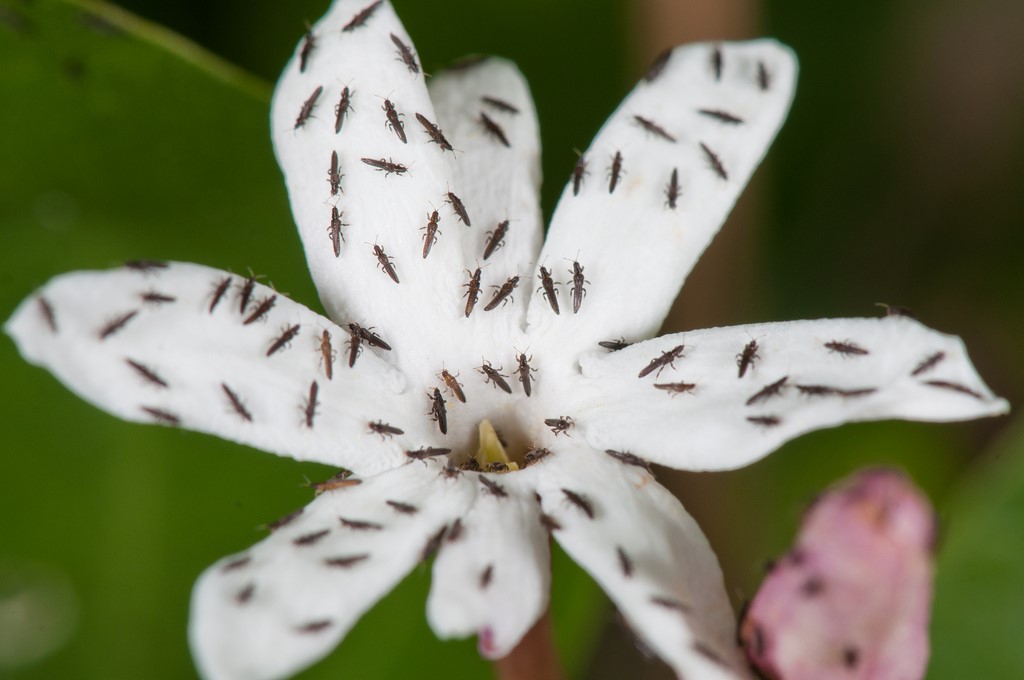
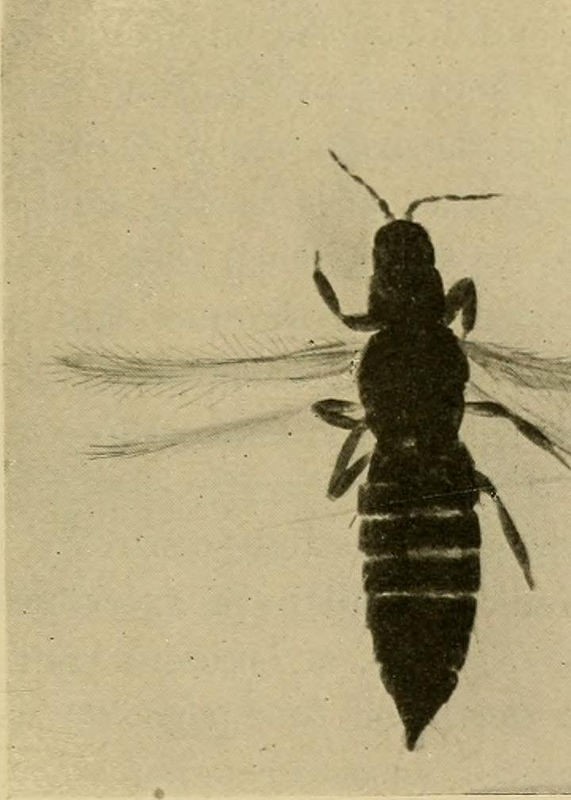
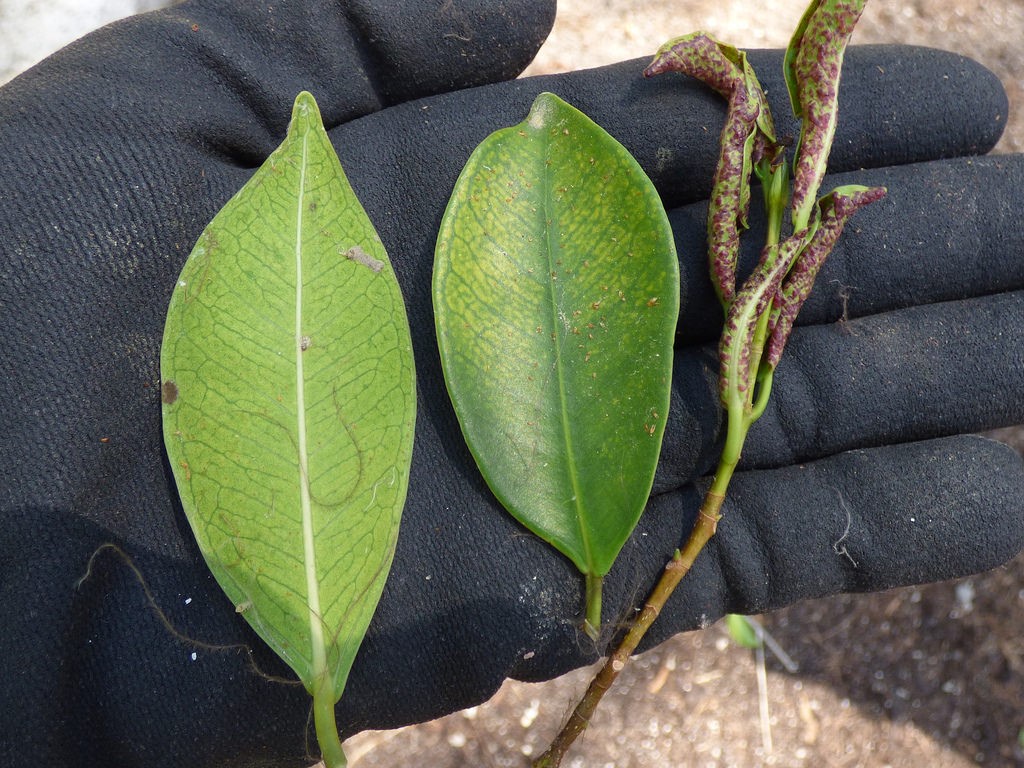

Thrip:
Extremely tiny, slim-bodied pests with wings that range in color from black to yellow. You will most likely be able to identify them by their small, black pellet shaped droppings, and the white dehydrated parts of the plant after they’ve had a feeding frenzy. Thrips will cause blooms to discolor and wither, and foliage to turn white or silver.

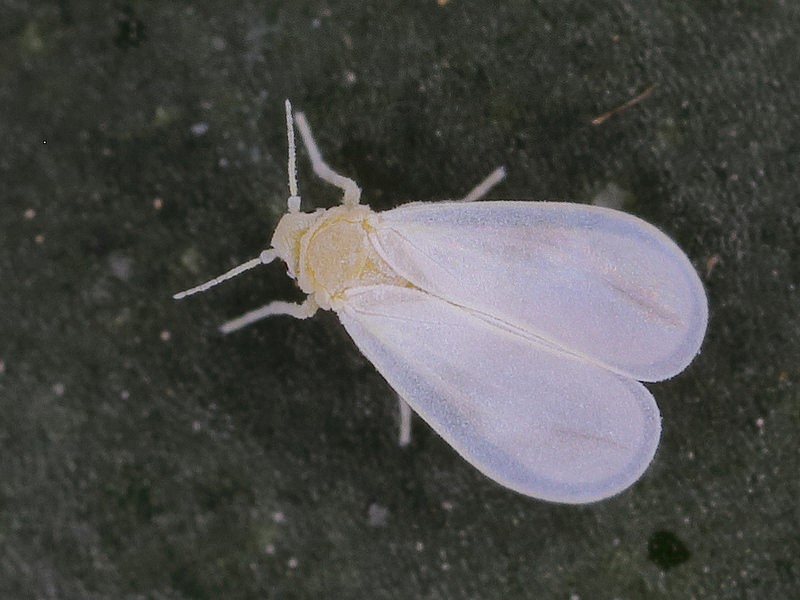

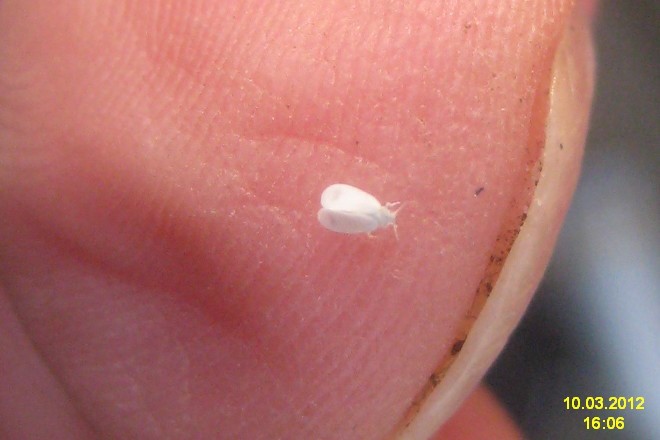
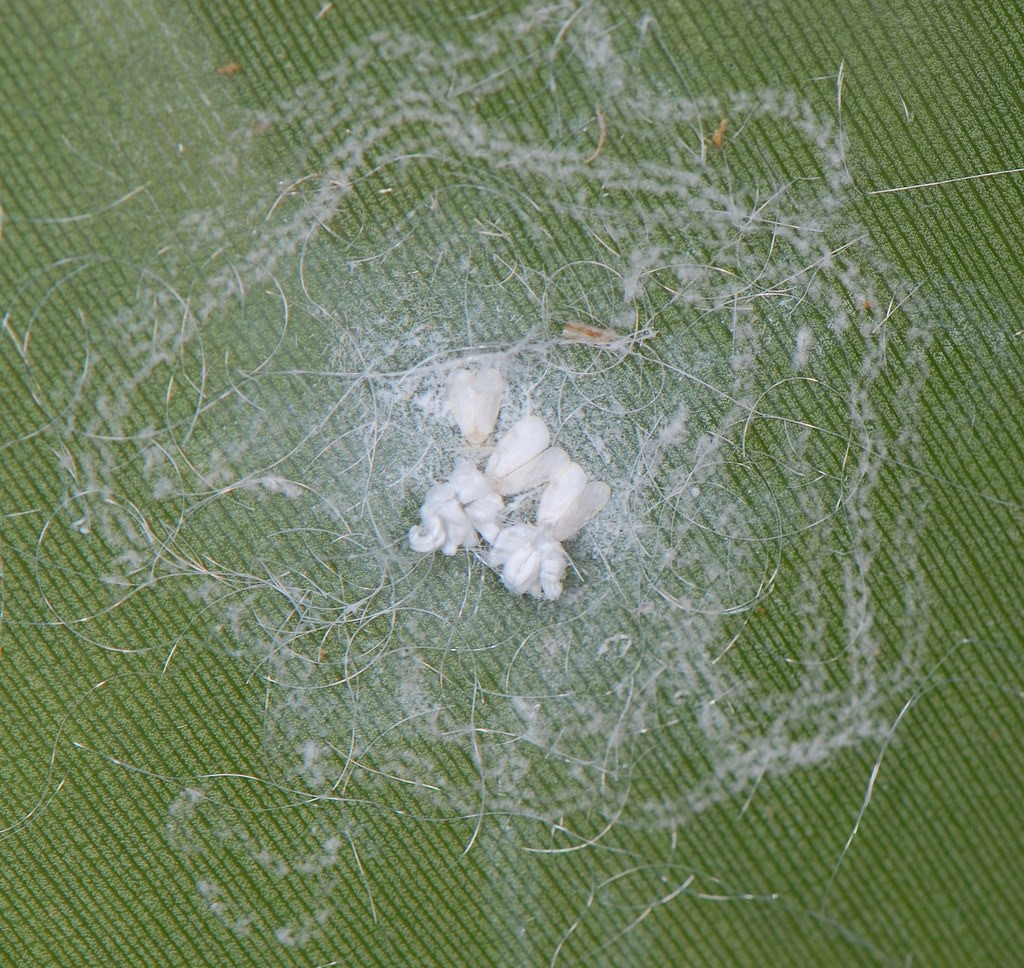
Whiteflies:
These are tiny, resemble white moths, and are very easy to spot. If you see a plant that has yellow leaves, shake it, and tiny white moths fly from it, then you’ve definitely got whiteflies. They will cause leaves to yellow, plants to have stunted growth, and disfigured fruit. Whiteflies are another piercing and sucking pest that produces honeydew.


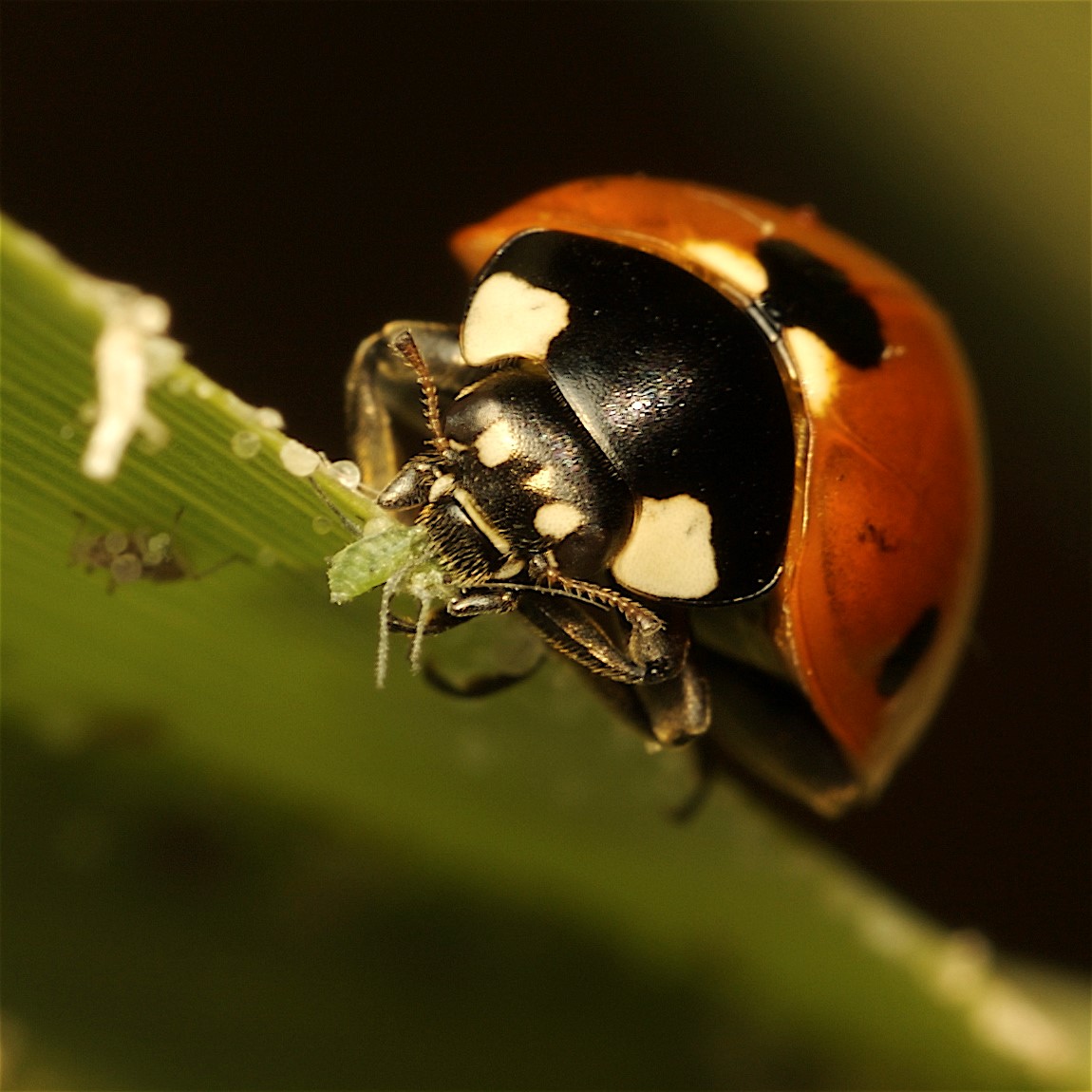

I don’t know about you, but after looking at all of those pests I need something happy. Here are a few pictures of ladybug larvae and adults doing what they do best, eating plant pests.
If you want more tips and tricks, or personalized advice, come find us on Mesh or on Facebook to connect with other plant lovers from around the world!

